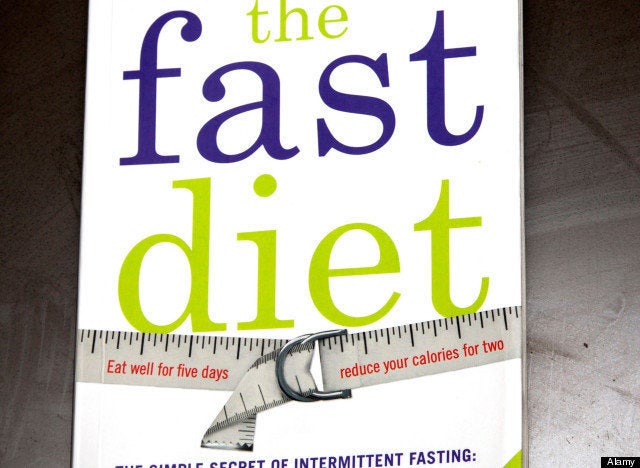
Welcome to Ask Healthy Living -- in which you submit your most burning health questions and we do our best to ask the experts and get back to you. Have a question? Get in touch here and you could appear on Healthy Living!
"Ask Healthy Living" is for informational purposes only and is not a substitute for medical advice. Please consult a qualified health care professional for personalized medical advice.
How do they decide what a serving size is?
-- Gina
Believe it or not, we decide what a serving size is. The unit we see at the top of our nutrition labels (eight cookies, 100 grams, half a bottle, e.g.) comes from the average amount that Americans over the age of four consume in a single seating. And that average comes from federal food surveys. When nutrition labeling on packages became standardized in 1994, a U.S. Department of Agriculture task force used answers from the two previous Nationwide Health and Nutrition Examination Survey (known as the NHANES) to determine how much a typical person eats at one time. These averaged amounts are known within the industry as "reference amounts customarily consumed per eating occasion."
In other words, the current serving size on your bag of chips is a reflection of your fellow citizens' eating habits -- as they were between 1978 and 1988, when the two NHANES data were released.
But let's back up for a moment and discuss what a serving size actually is -- and is not. A serving size is a measurement that allows food manufacturers to create accurate and uniform nutrition labels across brands. It is not a prescriptive size that relates to health. "You’ve got servings related to the nutrition facts panel and then another issue is a reasonable portion of food to build a healthy eating pattern," says Dr. Robert Post, executive director of the USDA's Center for Nutrition Policy and Promotion. "That may be a little bit different. The serving size might be bigger than what we’d use in the nutrition world to promote good habits."
Instead, Post -- who previously worked for the task force that helped determine serving size -- recommends ignoring that measure when determining a reasonable portion size. "It's really an industry regulation tool," he tells HuffPost Healthy Living.
Serving sizes are also occasionally unrealistic. For example, a serving size of potato chips is ten chips. But when a family size bag is opened, we all know what happens -- half the bag disappears.
At this point you may be wondering what we starting wondering as we spoke to Post and investigated the industrial regulations on the U.S. Food and Drug Administration's website. What about foods that have been created since the labeling regulations were put in place? When a manufacturer wants to bring a new food to market, they must classify their food -- say, a "snacking cracker" (as opposed to a non-snacking cracker, a category that includes ice cream cones) -- and then look up the reference amount on a large database. The FDA and USDA share regulation, splitting jurisdiction by food group. The FDA, for example, is responsible for ensuring serving size accuracy for things like bread and yogurt; the USDA regulates things like meat, poultry and some egg products.
Of course, most of us do not have a new and innovative food to label -- we simply want to know how much snacking we can do to maintain a healthful diet. In that instance, you may be better off talking to a nutritionist or looking at the USDA's MyPlate guidelines. But it's always good to know where your health information comes from -- and it's a major advance for healthy eating that we have a tool through which we can equally measure different brands and versions of the same products.
Have a question? Ask Healthy Living!
